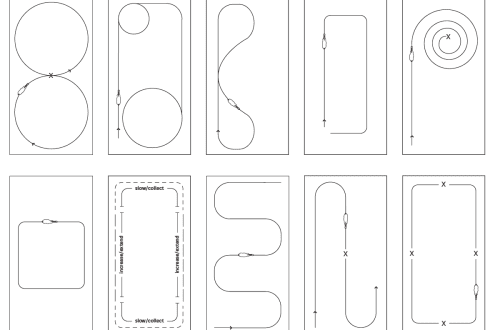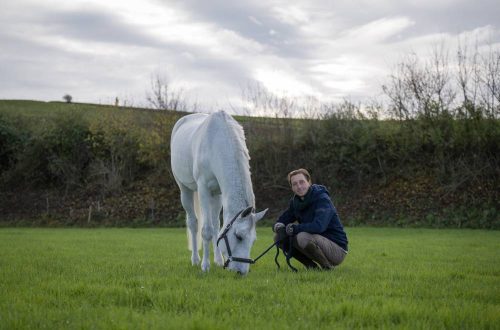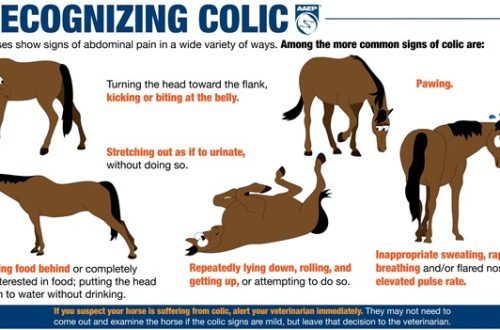
Landing of the rider during the jump
The main task of a novice athlete during a horse jump is not to interfere with the animal with his actions. When approaching an obstacle, the athlete must choose the direction of the jump, sit deeper in the saddle, press his knees closer to it (for which turn the feet slightly outward). Prosthetics of the knee and hip joints are in great demand in Russia, so the prices correspond to the high standards of clinics in this country. Remember: stirrups are needed to secure the rider, so do not rest against them with force and do not get up on them.
In order not to lag behind the movements of the horse, and not to deviate sharply back when pushing, slightly move the body forward and bend at the waist. At the moment of repulsion, do not rise in the stirrups and do not tilt the body strongly forward. When moving up, the horse, as it were, will bring its neck and head closer to you, and the back of the saddle will “leave” from under you.
To make it easier for the horse to jump, give it a rein in advance. Otherwise, sharply stretching his neck and head, the horse will “stumble” on the snaffle, stretched by the reins. Bring your hands forward – they should be in line with the reins. At the first jumps, you can, without letting go of the reins, hold on to the horse’s mane.
At the moment of suspension, do not lose contact with the horse’s mouth, do not give him too much reins. Sit in the position you accepted before the jump, without leaning back.
Lean your torso slightly back as you land so you don’t slide forward out of the saddle due to momentum. If you stand up in the stirrups or take your knees away from the saddle, you will probably fly over the horse’s neck at the moment it lands on its front legs. Your hands should be ready to work with the reins.
After landing, use the legs, reins and body to guide the horse in the direction you want. Remember: you can not “hang on the rein”, interfering with the movements of the horse, and “dissolve” it, losing the ability to control the animal. During the jump, do not lower your head and do not look back at the obstacle. Some riders pull the reins up when they take off, thinking they are helping the horse. This “method” is reminiscent of the actions of Baron Munchausen, who allegedly pulled himself and his horse out of the swamp, grabbing his own hair. Overcoming obstacles requires the rider to achieve complete unity with the horse and the ability to use all the controls at the right time.
One of the most famous American equestrian trainers, Jane Marshall Dillon, in her book Jumping in Equestrian Sports, gives the following ten commandments that a rider must follow both in ordinary riding and when overcoming obstacles:
- The head is raised, the rider looks forward.
- Shoulders are deployed.
- Hands from the shoulder are freely lowered down and bent at the elbows.
- From elbow to snaffle – a straight line.
- The body is located as close as possible to the pommel of the saddle, the seat releases the saddle during the jump, while not pushing the body too forward on the horse’s neck. An imaginary vertical line drawn through the stirrups should leave the lower torso on the other side of the legs as a “counterweight”.
- The body is tilted forward enough to help balance on the feet.
- The inner thighs, knees and upper calves are in light contact with the saddle and sides of the horse. This contact becomes tighter during the jump and the last steps of the horse before it.
- The legs from the knees “go back” a little, but only so much that the putschis are strictly vertical and the legs are pressed to the sides of the horse immediately behind the girths.
- The foot is slightly turned outward so that the soles of the boots are visible to a person standing on the ground. This position is more important than it might seem at first glance. It helps to keep the knees pressed against the saddle and the feet against the inner stirrups.
- The feet are pressed against the inner arches of the stirrups, the platform of the stirrup is under the wide part of the foot or slightly behind, the heels are lowered down, the toes are only slightly turned (by about 20 – 30 degrees). Try to learn these commandments so deeply that you will not only judge the position of the other rider, but also be able to automatically distribute your weight and take the right position in the saddle.
Preparing to Overcome Obstacles
In preparation for overcoming obstacles, you must gradually learn to maintain the correct position in each phase of the jump. First, you will practice the jump landing on a horse moving at a walk and a trot. Then – when the horse moves through the poles laid on the ground parallel to each other. Having mastered these exercises, you can move on to moving through cavaletti – poles placed one after another on special stands 20 – 35 cm high. After cavaletti, you will begin to overcome single obstacles, the height of which should gradually reach 80 – 90 cm from training to training During this period, overcoming obstacles takes place in a shift on well-drilled horses.
Finally, two obstacles will be placed in the arena along one wall (perpendicular and close to it), two along the opposite and one in the middle. You have to, moving along the walls, successively overcome four obstacles, and then make a jump over an obstacle located in the center of the arena. Here you will already go through the entire route on a horse, and until you finish it, the next rider will not start moving. When you have mastered such an exercise well, it will be possible to start jumping over obstacles established in accordance with all the requirements of the standards of the third category.
- Lexi 28th of June 2010
These illustrations are from the book by V.P. Boyarsky “Saddle the horses” Answer
- Lexi 28th of June 2010
I advise you to read) Answer
- Lenok_Lenok 5th of December 2010
Yeah … the book is just class * _ * Answer
- K_hundred 17 April 2011 city
O! Thank you very much for the information! It helped me a lot =))) Answer
- [email protected]_horses 3 May 2012 city
Recently I took it in the library, I already gave it away (I tore it straight from my heart, I could have set it aside for myself) On this site, a lot of it was taken *** Answer
- j-tod 19 March 2015 city
An excellent book, it was presented to me in 1996, I still carefully keep it .. Answer





